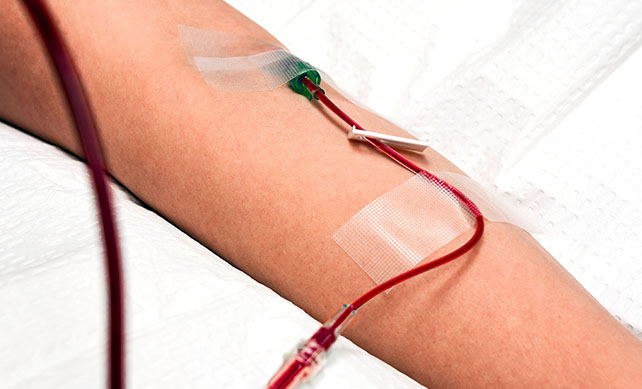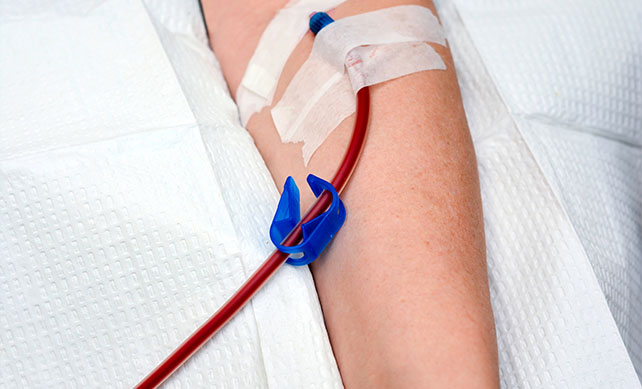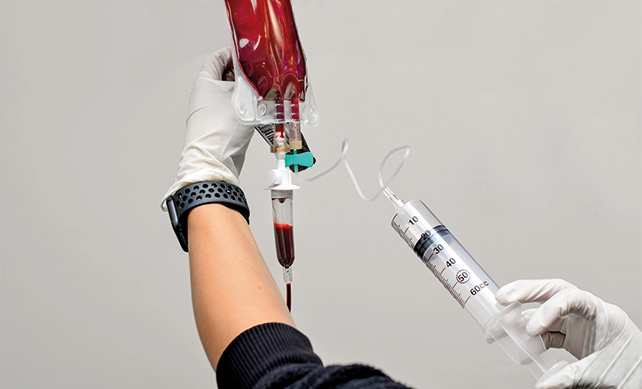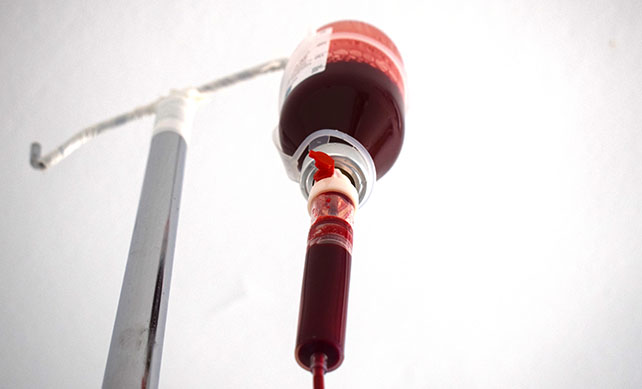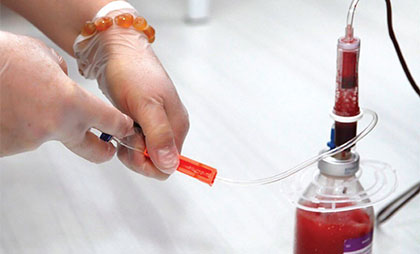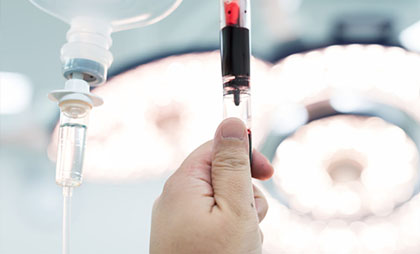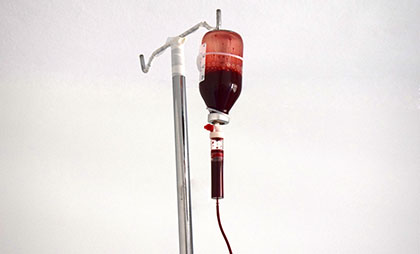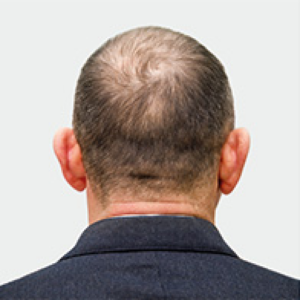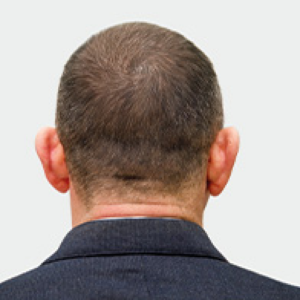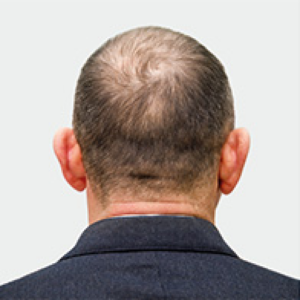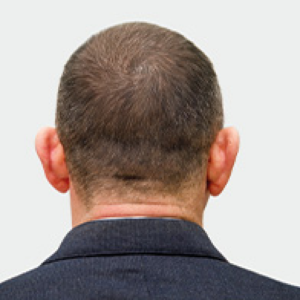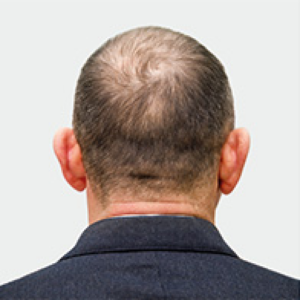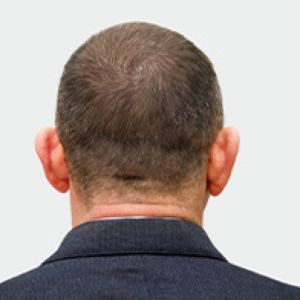Ozone Therapy
What Is Meant By Ozone Therapy
Ozone therapy is an alternative medical treatment. It involves the administration of ozone gas (O3) into the body to address various health issues or improve overall well-being. Ozone treatment is a molecule consisting of three oxygen atoms. It has a powerful oxidizing property that proponents of ozone therapy believe can provide therapeutic benefits.
What Can Ozone Therapy Treat
Ozone therapy is an alternative treatment for various health and medical conditions, although its safety and effectiveness remain controversial. Some of the conditions that proponents of ozone therapy claim it can treat include:
- Infections: Due to its antimicrobial properties, ozone therapy has been used to treat bacterial, viral, and fungal infections.
- Wound healing: Ozone therapy is used to heal chronic or non-healing wounds, such as diabetic foot ulcers or bedsores.
- Inflammatory conditions: The anti-inflammatory effects of ozone therapy have been used to treat various inflammatory conditions. These include arthritis, rheumatism, and autoimmune disorders.
- Circulatory problems: Ozone therapy is believed to improve blood circulation and oxygenation. That may help address conditions such as peripheral artery disease or ischemic diseases.
- Immune system support: Ozone therapy stimulates the immune system. Therefore, it is used as an alternative medicine for cancer, HIV/AIDS, and other conditions that affect the immune system.
- Pain management: Some practitioners use ozone therapy to alleviate pain and inflammation associated with musculoskeletal issues. This works especially for back or joint pain.
Ozone therapy is sometimes used as a part of detoxification regimens. Proponents claim that ozone is effective in removing toxins and impurities from the body.
Consult with a qualified healthcare professional before considering the therapy. Discuss the potential benefits, risks, and side effects of ozone therapy. Always seek treatment from a reputable and experienced practitioner, clinic, or medical center to minimize potential complications.
Stages Of Ozone Therapy
Ozone therapy involves several stages, which can vary depending on the specific method of administration and the condition being treated. Here is a general outline of the stages involved in ozone therapy:
Everything is to assure you that you are in safe hands…
- Preparation: A qualified healthcare professional or practitioner will evaluate the patient’s medical history, current health status, and the condition being treated. They will determine the appropriate dosage and method of ozone administration, taking into account any potential contraindications or risks.
- Generation of ozone: Ozone is generated using a medical-grade ozone generator. This produces ozone gas from medical-grade oxygen (O2) through an electric discharge process.
- Administration: Ozone can be given to the patient through various methods, including autohemotherapy, insufflation, injections, or topical applications. Any method you choose will depend on the treatment condition and the practitioner’s expertise.
- Monitoring: The practitioner will monitor the patient’s response to the treatment, checking for any signs of adverse reactions or complications. The treatment plan may be adjusted based on the patient’s progress and response to the therapy.
- Follow-up and evaluation: Ozone therapy may require multiple sessions to achieve the desired results. It depends on the specific condition being treated. The practitioner will assess the patient’s progress and determine the appropriate number and frequency of treatments.
How Ozone Therapy Is Administered
There are several medical applications for applying ozone therapy. The choice of method depends on the condition being treated and the practitioner’s expertise. Here are some common ways to give ozone therapy to the patient:
- Major Autohemotherapy (MAH): In this method, blood is withdrawn from the patient. Mixed with ozone gas and then reinfused back into the patient’s bloodstream. That is one of the most common techniques for systemic conditions or supporting the immune system.
- Minor Autohemotherapy: A small amount of blood is withdrawn from the patient. Mix with ozone gas and then inject intramuscularly. This method stimulates the immune system and has been utilized for treating allergies and other immune-related conditions.
- Rectal Insufflation: A specialized catheter introduces ozone gas into the rectum. This method treats gastrointestinal and inflammatory bowel diseases as a less invasive alternative to significant autohemotherapy for systemic issues.
- Vaginal Insufflation: Ozone gas is introduced into the vagina using a specialized catheter. This method treats vaginal infections, inflammation, and other gynecological issues.
- Injections: Ozone is injected directly into a joint, muscle, or subcutaneous tissue to treat localized pain, inflammation, or infections.
- Topical Application: Ozone-infused oils or creams are applied to the skin to treat skin infections, wounds, or inflammatory skin conditions. A limb can be enclosed in a sealed bag. This bag should be filled with ozone gas. The purpose of this is to promote healing for non-healing wounds or ulcers in the long term.
- Ozone Sauna: Inhaling ozone by sitting the patient in a specialized, enclosed sauna chamber. This chamber is filled with ozone gas, allowing the ozone to be absorbed through the skin. This method supports detoxification, improves circulation, and promotes overall wellness.
- Dental applications: Ozone can be used as gas or ozonated water. This is used for disinfection and healing in various dental procedures, such as root canals, gum treatments, and cavity prevention.
FAQ
What is ozone therapy?
Ozone therapy is a form of alternative medicine that involves administering ozone gas to the body for therapeutic purposes. This can be done through various methods, such as injection, infusion, or topical application.
Is ozone therapy safe?
Ozone therapy can have potential risks and side effects, such as lung irritation, oxidative stress, and infection. It is important to consult with a qualified healthcare professional and discuss potential risks and benefits before undergoing treatment.
How is ozone therapy administered?
Ozone therapy can be administered through various methods, such as injection, infusion, or topical application. The specific method and dosage can vary depending on the individual’s specific case and the area being treated.
How much does ozone therapy cost?
The cost of ozone therapy can vary widely depending on the provider, the method of administration, and the specific case. In general, ozone therapy can cost several hundred dollars per session.
What is ozone therapy good for?
Ozone therapy has been used for various therapeutic purposes, such as improving circulation, reducing inflammation, boosting the immune system, and treating infections.
What is IV ozone therapy?
IV ozone therapy involves administering ozone gas directly into the bloodstream through intravenous infusion. This method allows for higher doses of ozone to be delivered to the body for therapeutic purposes.
How does ozone therapy work?
Ozone therapy works by increasing the level of oxygen in the body and stimulating the production of antioxidants and other protective molecules. This can help improve various aspects of health and wellness.
What is ozone therapy used for?
Ozone therapy has been used for various therapeutic purposes, such as improving circulation, reducing inflammation, boosting the immune system, treating infections, and improving skin health.




BLOG & NEWS
BLOG
Which Breast Augmentation Implant Is the Best?
see all

NEWS
TURKEYANA REDEFINING THE CONCEPT OF BEAUTY
see all


















